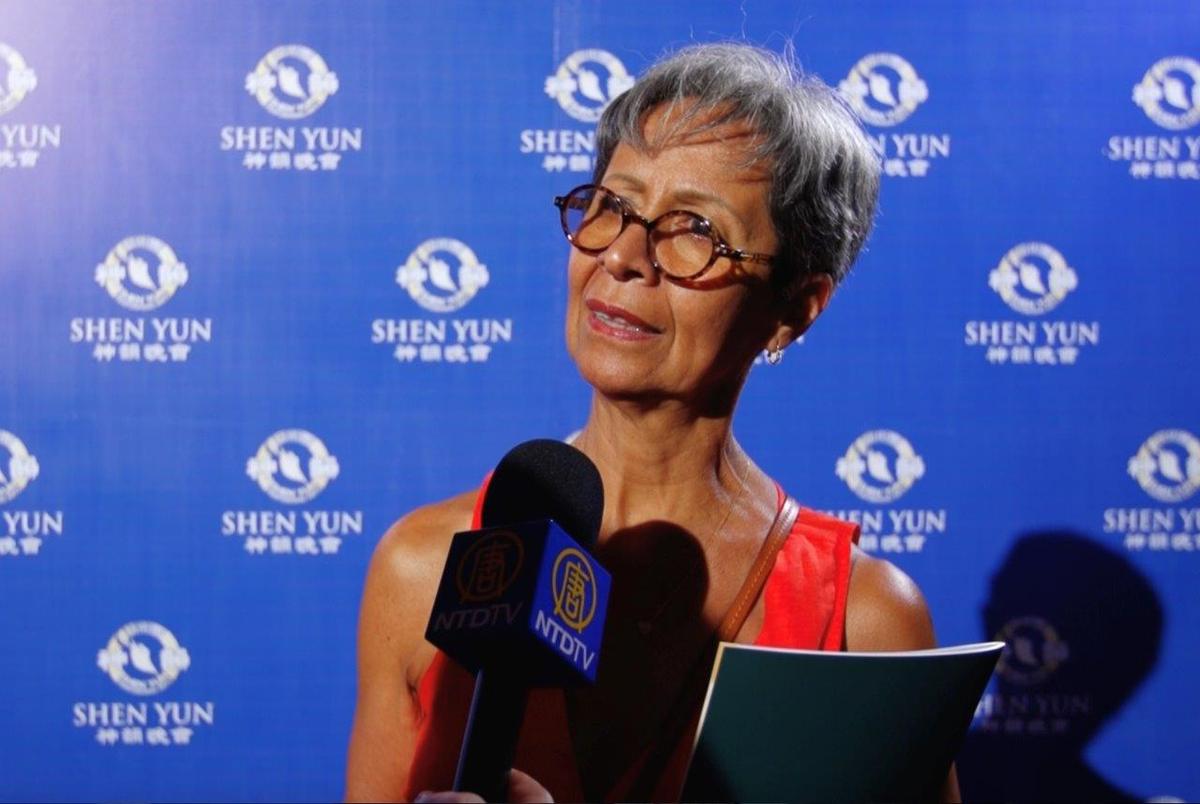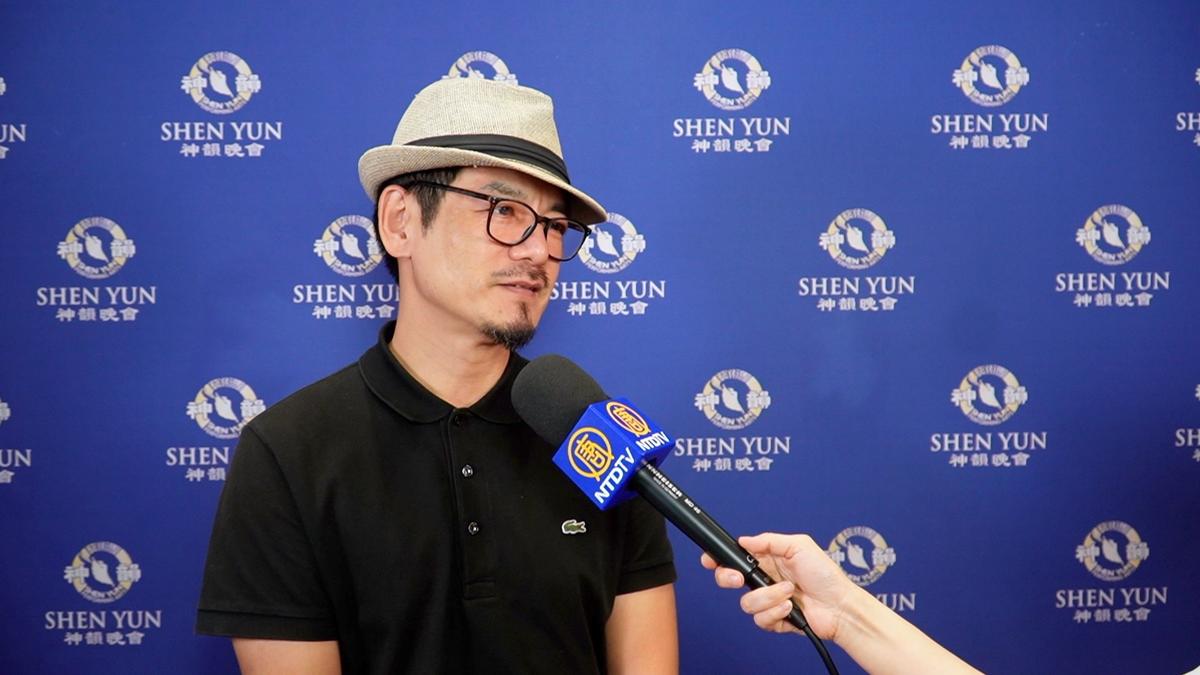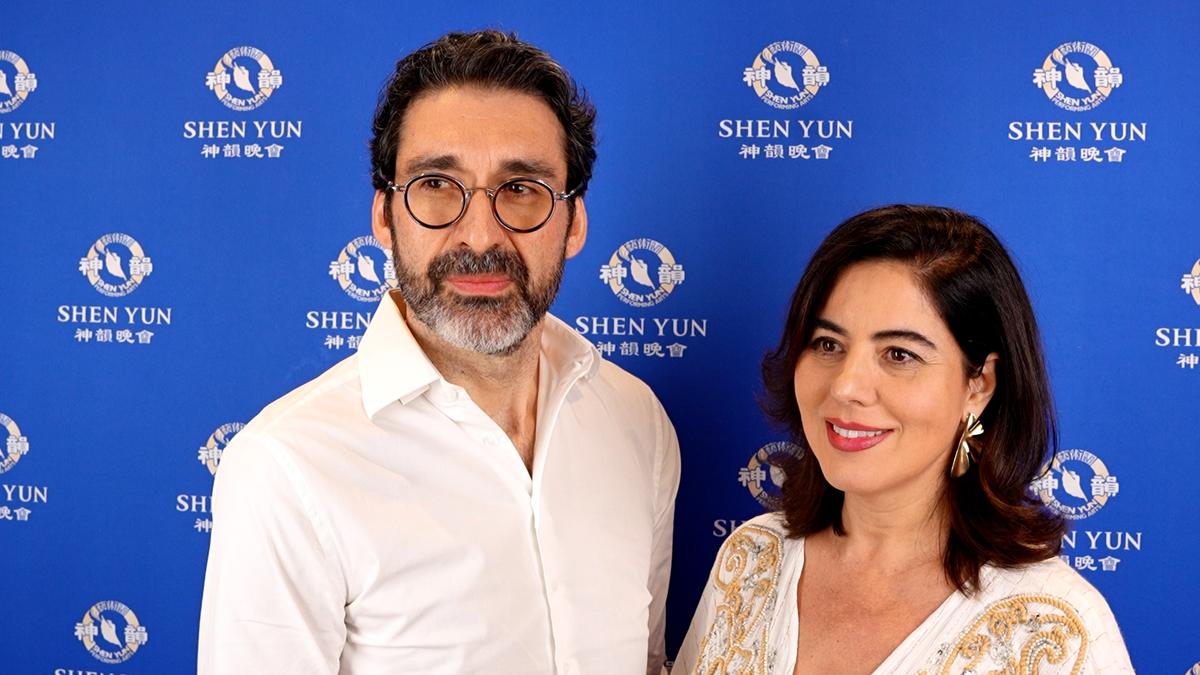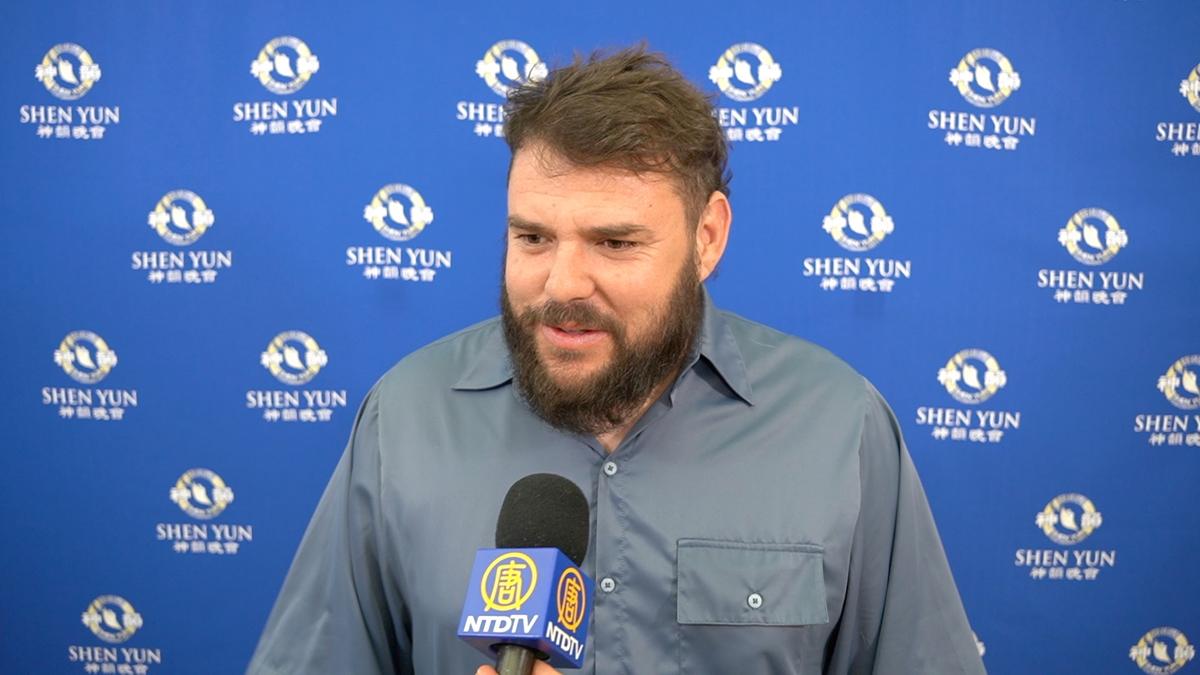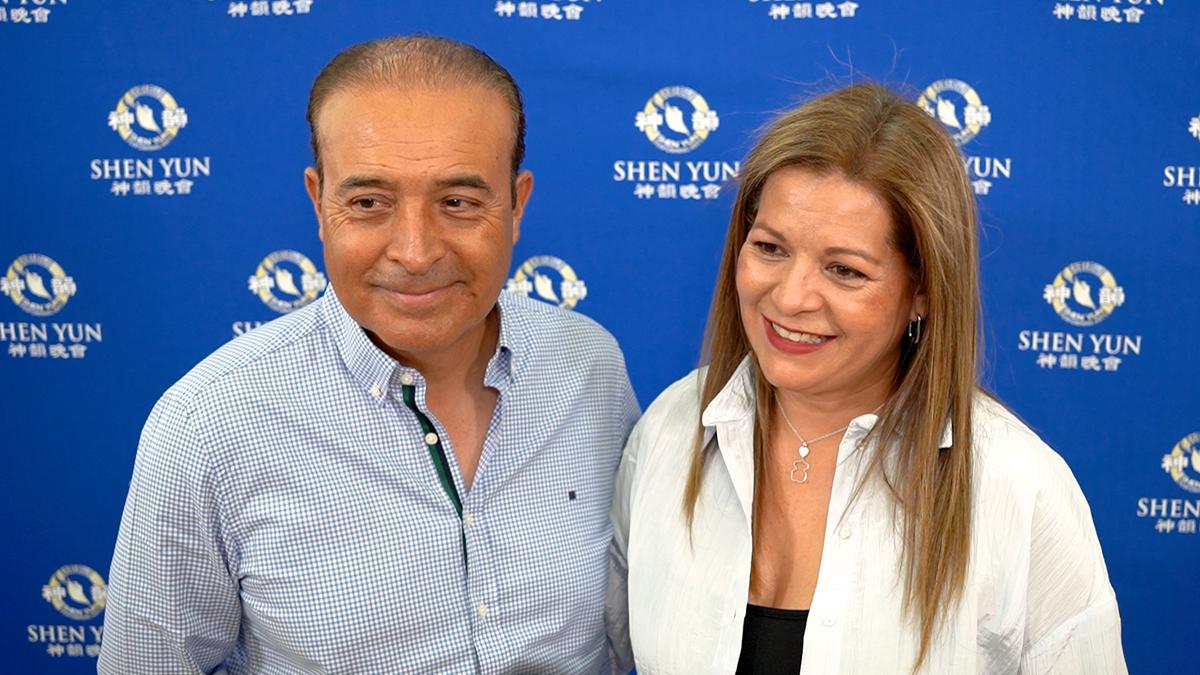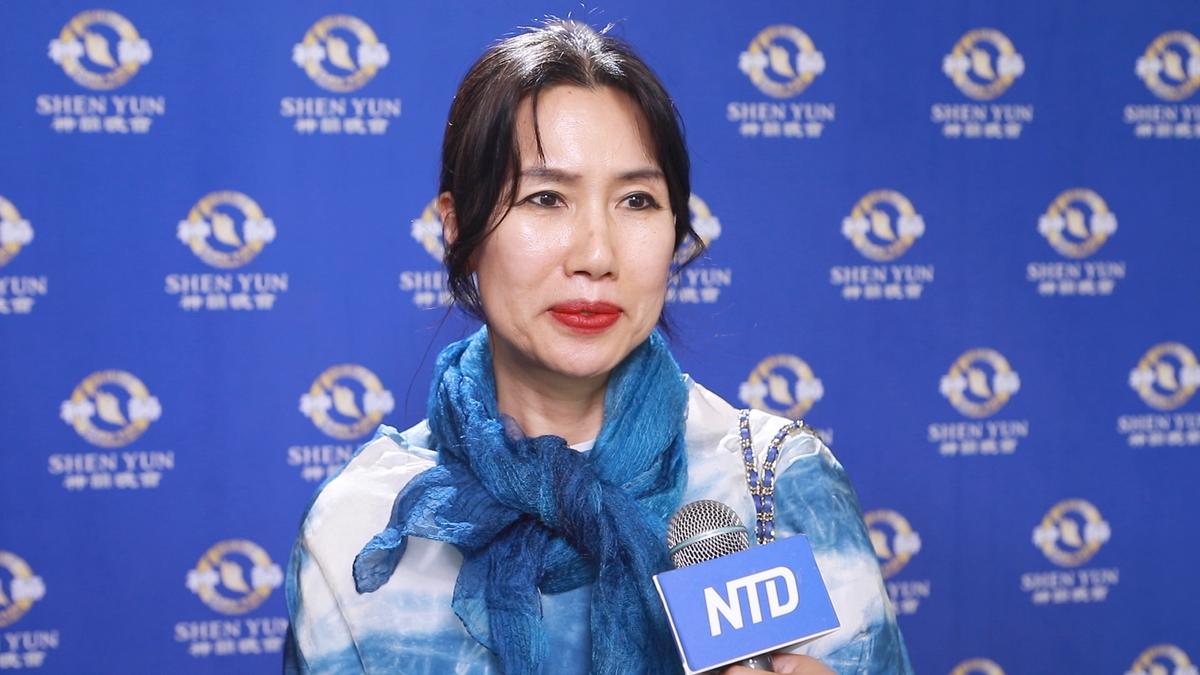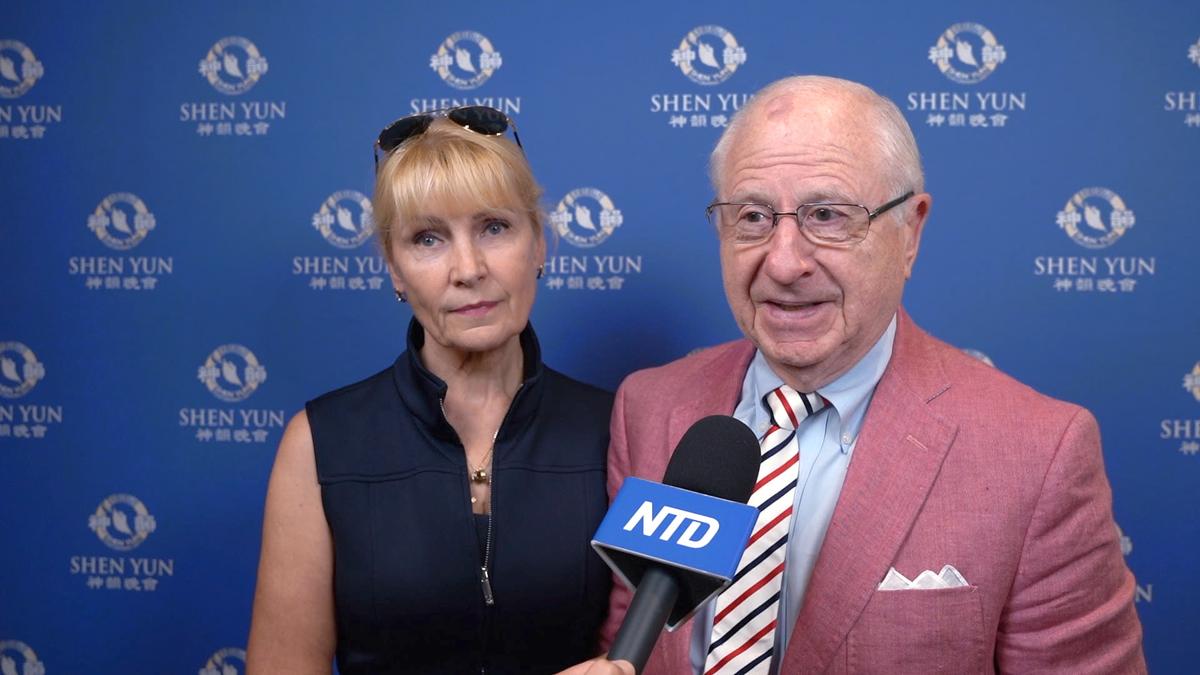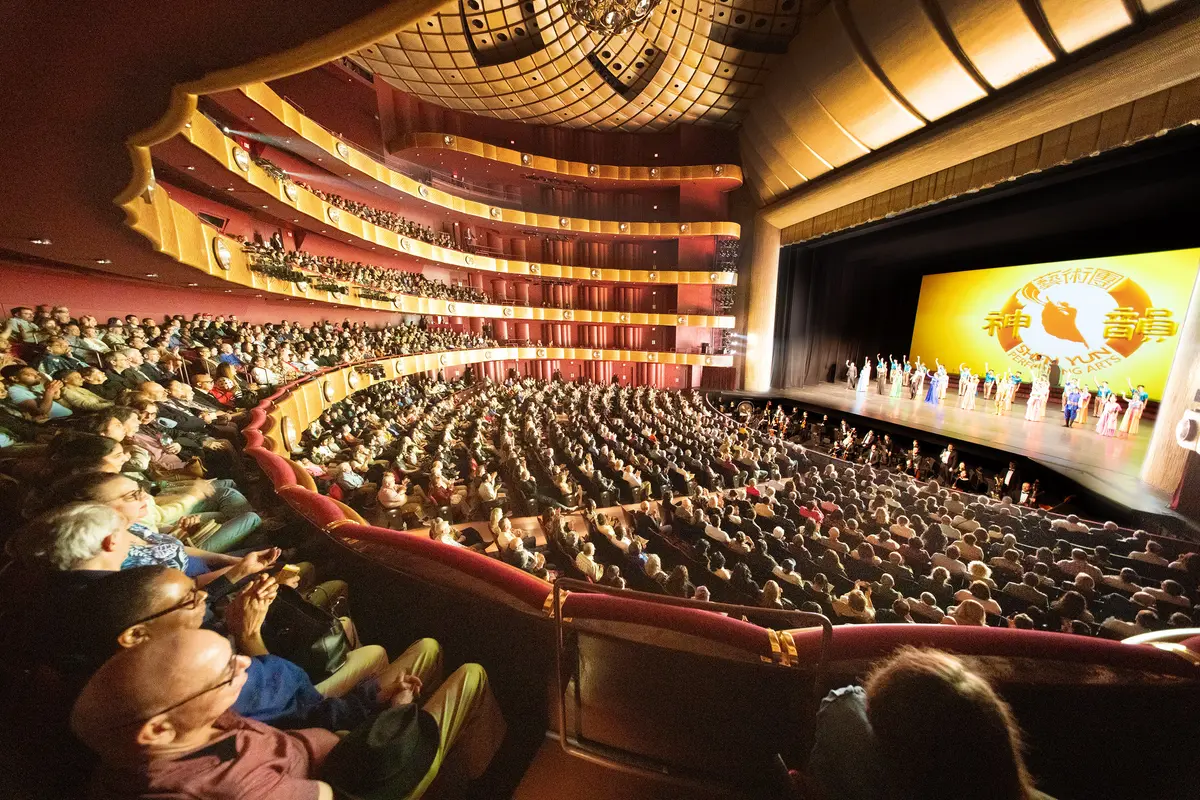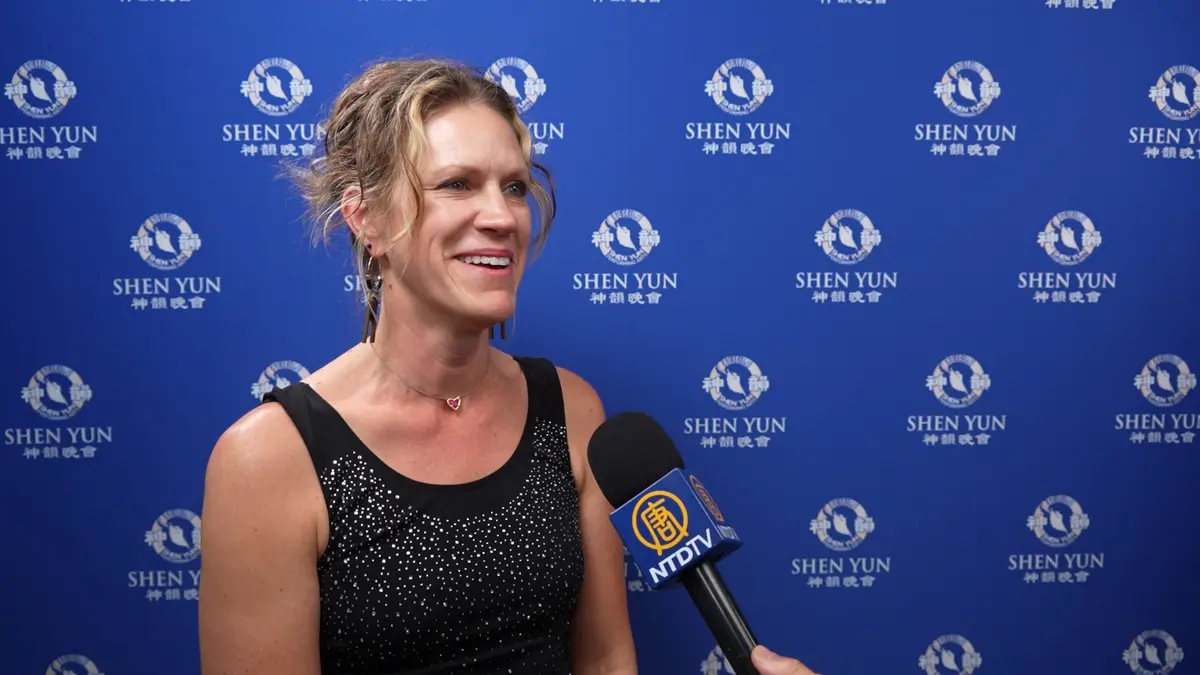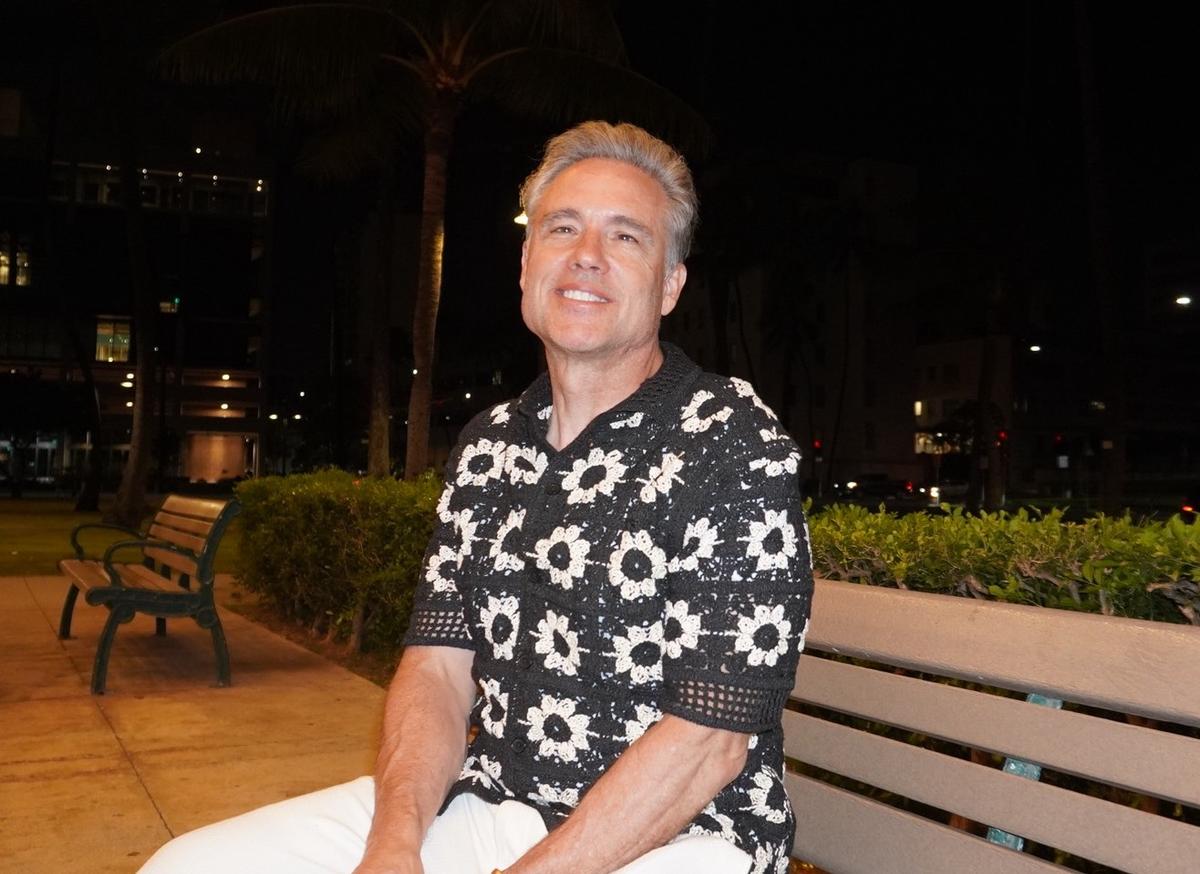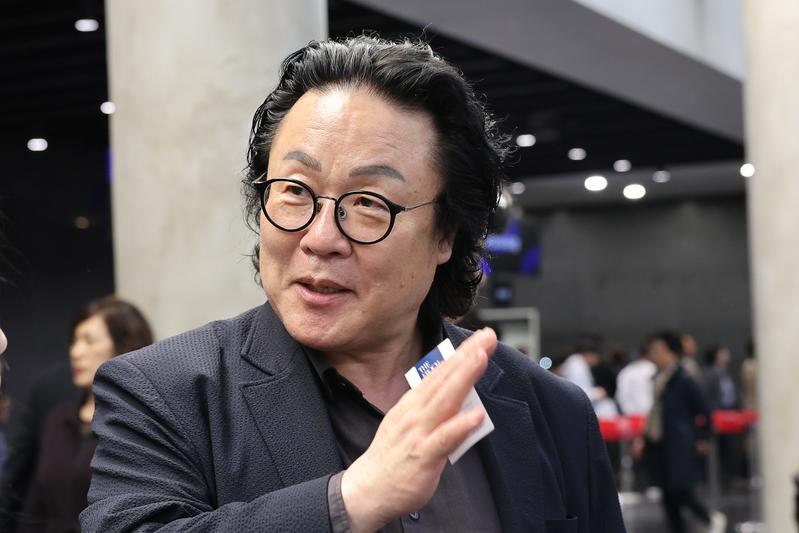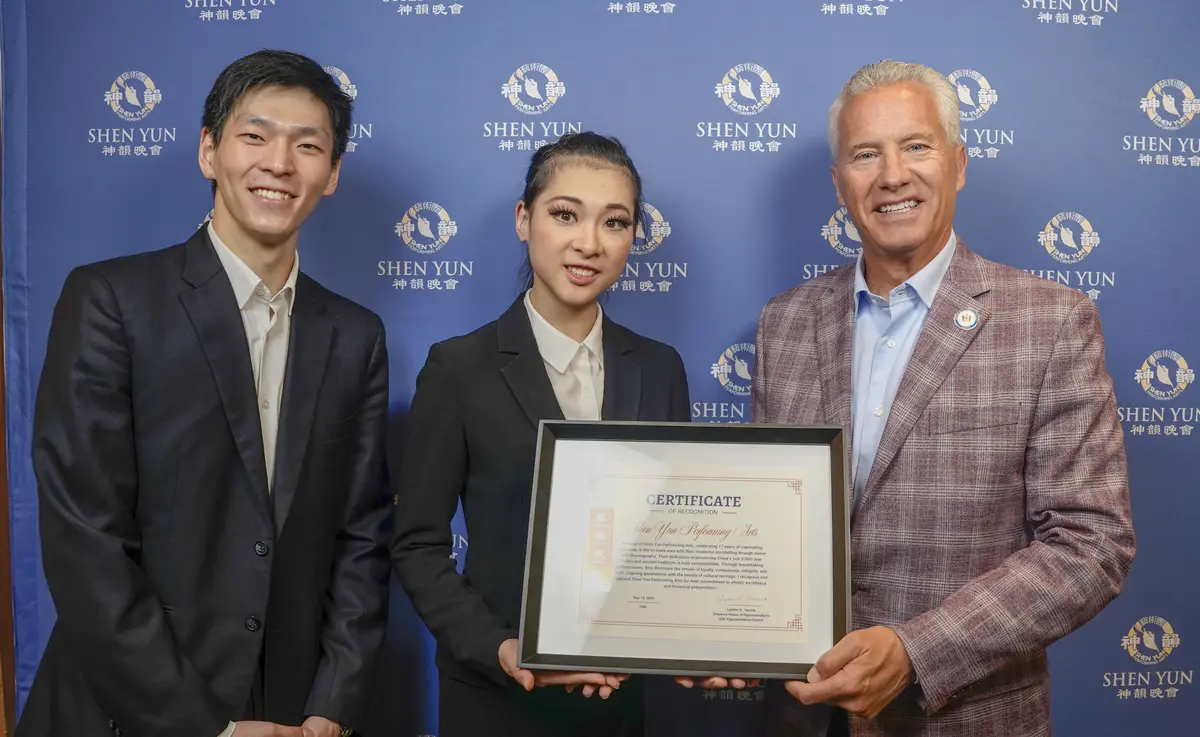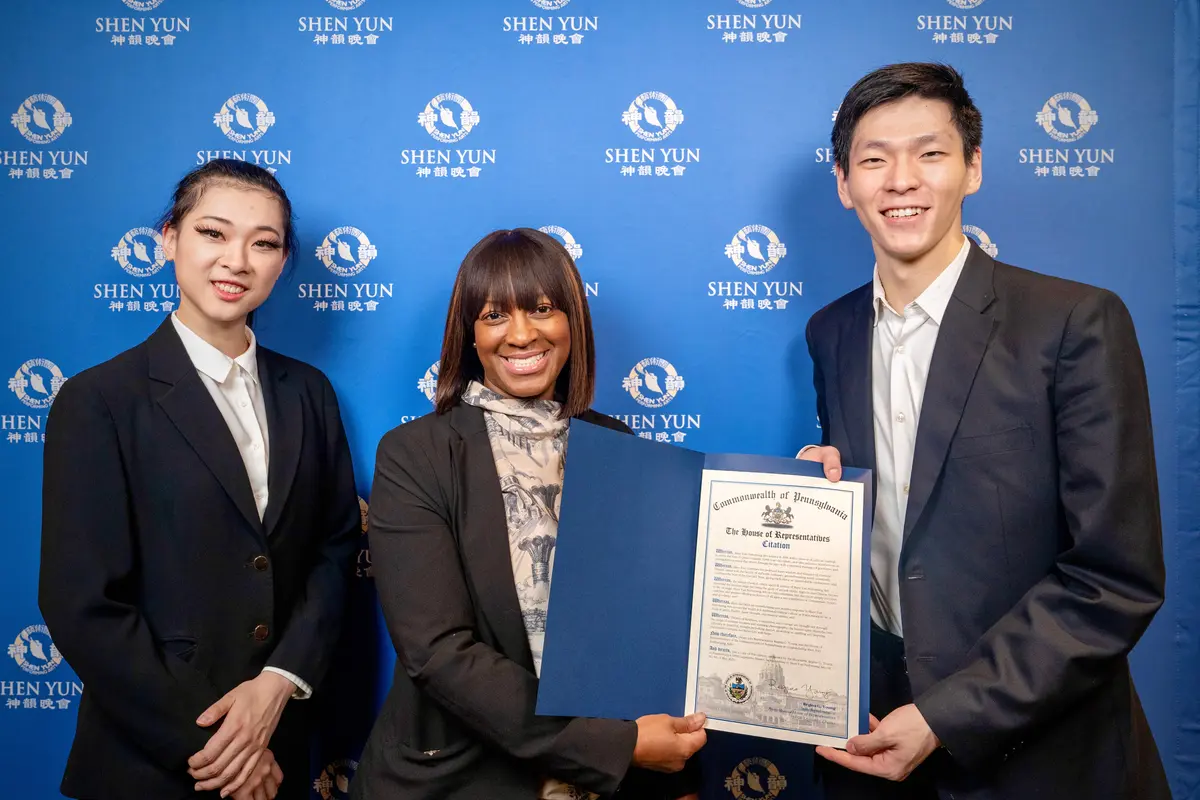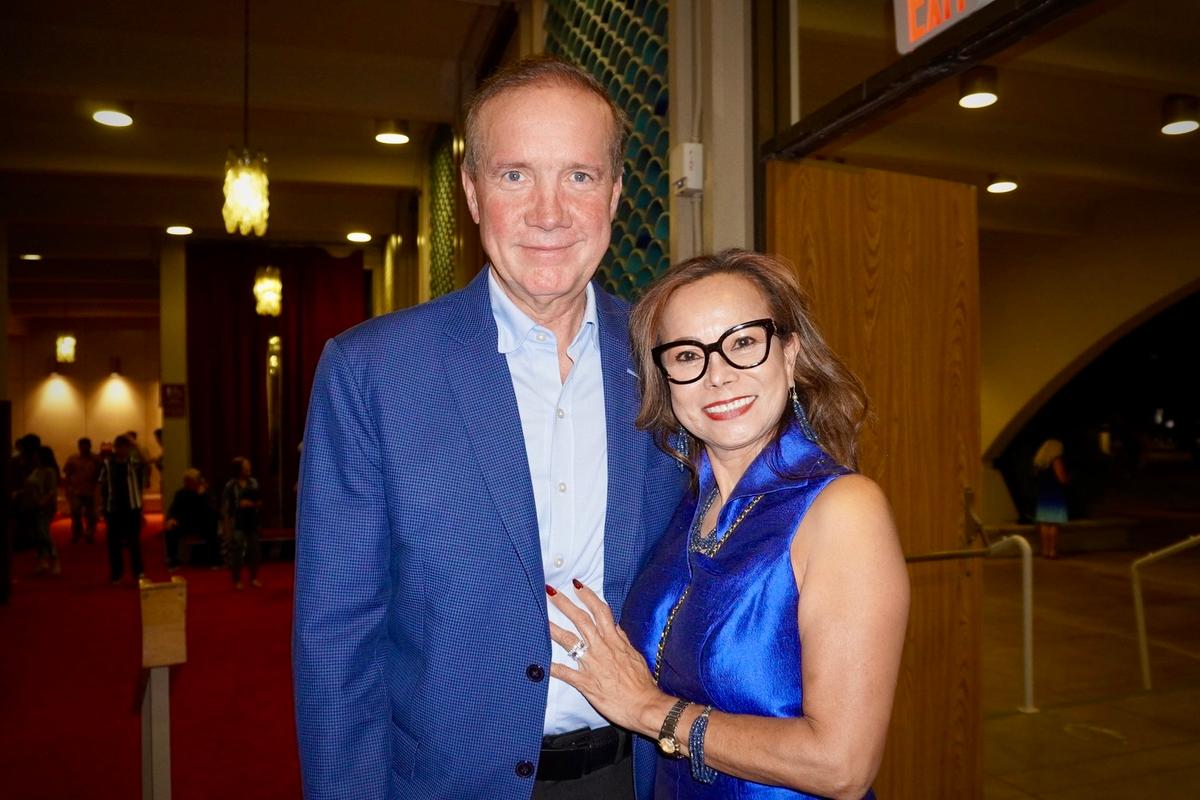“I liked the sensitivity, the delicacy of the movement of the female dancers’ arms, those wonderful backs,” said Herencia, who has dedicated her life to dance since she was a child. “And the male dancers, with those leaps and those acrobatics, but without losing that delicacy of movement and sensitivity, a raw sensitivity.”
Audiences typically note how expressive the dance is as well, as classical Chinese dance emphasizes “bearing,” or the inner spirit that drives each movement. Herencia elaborated on the effect.
“At times, there was like a certain speed, a certain velocity,” Herencia said. “Other moments, yes, it was more emotions, more lyrical, and it conveyed, it touched more sensitive nerves.”
“The body control, as I say, always conveying all those emotions, communicating the emotions through their movements, all was connected,” she said.
“I’m convinced of that, that it really helps us,” she said. “In addition to sensitizing us, to find a space to sensitize, then as training of the human being. Not only for oneself, as a formative part of the human being—I find it extraordinary.”
“Shen Yun” means “the beauty of divine beings dancing,” and Herencia felt this divinity in the movements. It’s not a uniquely Chinese thing, but a classical one, she added.
“It is said, from the muse of the dance, Terpsichore, she is always present with the gods. So yes, it is divine,” Herencia said. “There is this connection with the divine.”
“How nice, how nice to have been able to see a performance of this nature,” she said.


